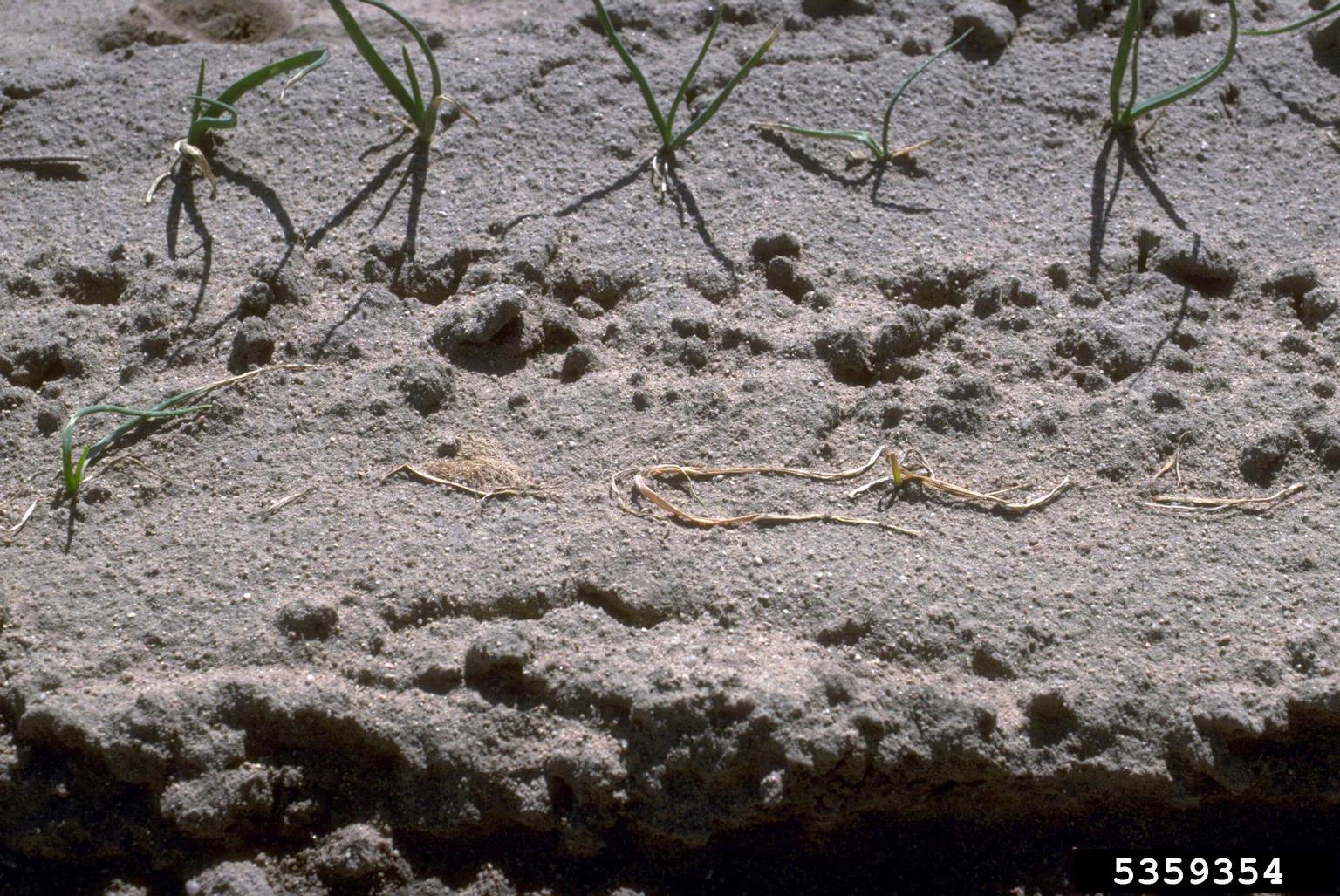What Is Onion Pythium Rot: Treating Pythium Root Rot Of Onions


Pythium root rot of onions is a nasty fungal disease that can live in the soil for long periods of time, just waiting to take hold and attack onion plants when conditions are right. Prevention is the best defense, since onion pythium rot is difficult to control once it begins. What to do about onions with pythium rot? Read on for tips.
About Pythium Root Rot of Onions
Onion pythium root rot can infect onion plants any time soil is moist for extended periods, but it tends to be most severe in rainy weather when days are hot, and nights are warm. The fungus also lives on plant debris and in weed roots and may be spread by overirrigation and splashing water. Onion seeds may be killed before germination, or infection may show up a few weeks later. The disease also appears on other members of the allium family, including leeks and garlic.
Symptoms of Onion Pythium Root Rot
During early phases of the disease, plants with onion pythium rot appear yellow and stunted. They often wilt during the day and recover in the evening. Eventually, water-soaked lesions develop on lower stems and onion bulbs. A watery rot appears on the roots, which may also turn black.
Controlling Pythium Root Rot of Onions
Plant onions in well-drained soil. Consider planting onions in raised beds, which may minimize the impact of the disease. Similarly, consider growing onions in pots filled with commercial potting mix. Discard infected plants in sealed bags or containers. Never place infected plant matter in compost. Keep the planting area clean and free of plant debris. Control weeds, as pythium rot can live on weed roots. Don’t use excessive nitrogen-based fertilizer. Nitrogen causes lush, tender growth that is more susceptible to infection. Fungicides may be effective when applied every two or three weeks, or any time rain continues for more than two days. Look for products registered for use against pythium root rot of onions. Use fungicides only when necessary; the pathogen may become resistant. Clean shoe soles after walking on infected soil. Clean tools thoroughly after working in infected areas.
Gardening tips, videos, info and more delivered right to your inbox!
Sign up for the Gardening Know How newsletter today and receive a free copy of our e-book "How to Grow Delicious Tomatoes".

A Credentialed Garden Writer, Mary H. Dyer was with Gardening Know How in the very beginning, publishing articles as early as 2007.
-
 How To Make A Bouquet Garni Or Herb Bundle For Cooking
How To Make A Bouquet Garni Or Herb Bundle For CookingIf you’re a great cook, you may have made an herb bundle before. If this is a new idea, learn how to add sparkle and interest to your dish with a bouquet garni.
By Amy Grant
-
 ‘Coral Charm’ Peony Care For Sublime Semi-Double Peonies With Lush Salmon Pink Flowers
‘Coral Charm’ Peony Care For Sublime Semi-Double Peonies With Lush Salmon Pink FlowersPeonies are known for their soft baby pink or magenta tones, but if plushy coral blooms are your thing, here’s our guide to the ultimate ‘Coral Charm’ peony care
By Tonya Barnett